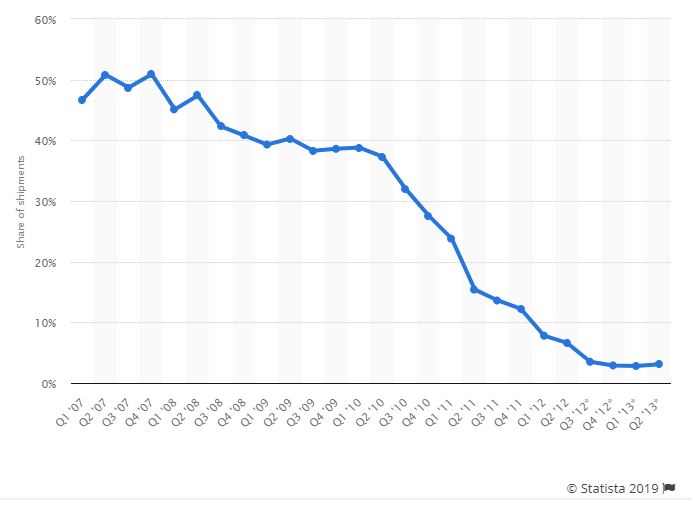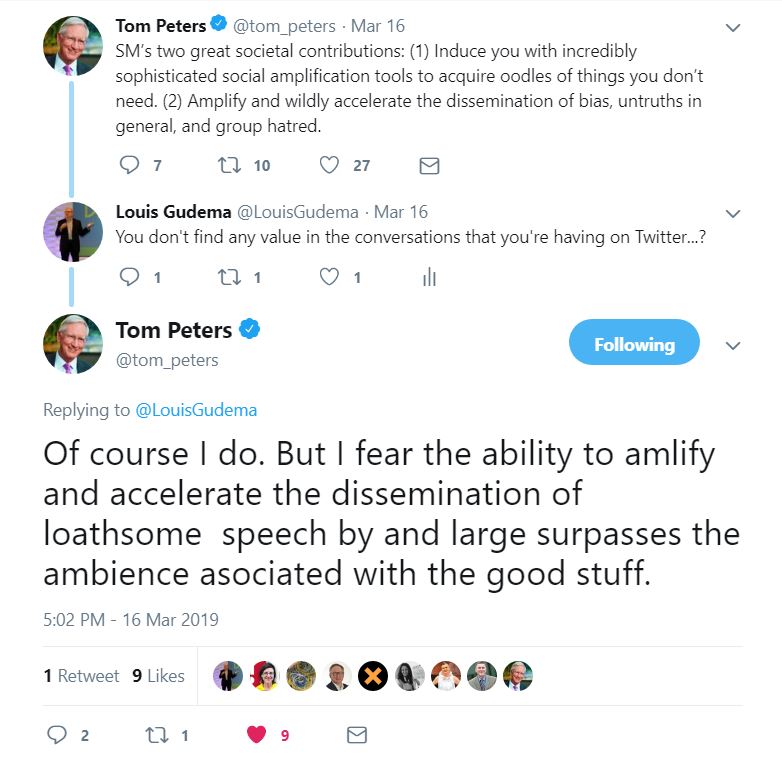I recently attended a conference and heard Tom Libretto, CMO of Pegasystems, be interviewed on how to do customer research.
At the beginning of the session he gave a short professional history, which included working in customer research at Nokia.
Saying that you worked in customer research at Nokia is kind of like saying that you were a navigator on the Titanic. Nokia famously missed the shift to smartphones. This is how that impacted its market share.

However, Libretto said that the customer research group knew that Nokia had to develop new products with flat, interactive displays before the first iPhone was introduced. Their research was extensive, including having anthropologists embedded with customers.
The problem, he said, was that the company was not willing to move away from its highly successful existing phones. This has been called The Innovator’s Dilemma by Clayton Christensen. And so, as the industry leader tries to hold back the tide with wishful thinking, a company without that legacy baggage comes in and steals the market from it. The same thing happened with Kodak which invented, but wouldn’t take to market, digital photography; the film business was just too profitable for it to walk away from. Similarly, a young Netflix approached Blockbuster about being its digital distribution channel, but it found no interest.
So the navigators told the captain of the Titanic to change course, but they got the response, “Don’t worry. There are never icebergs in this part of the North Atlantic…”

